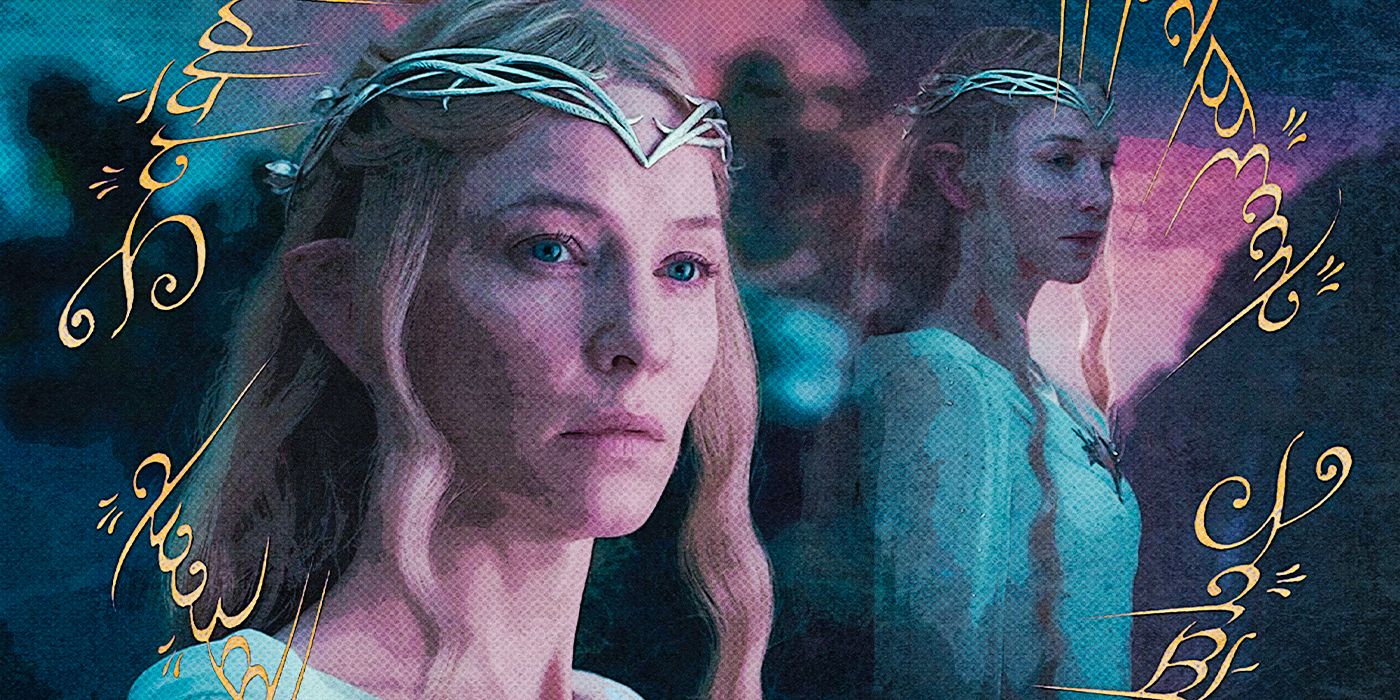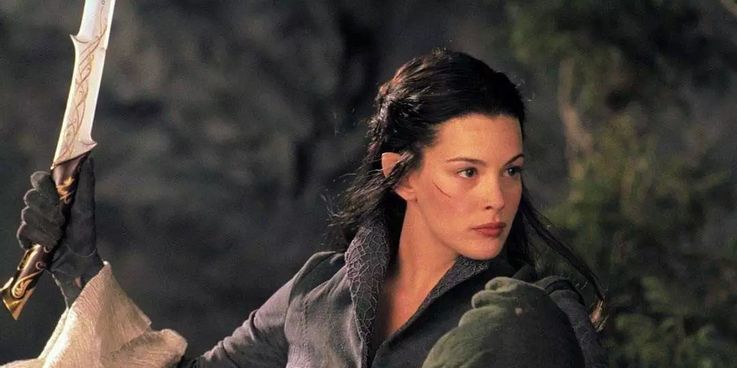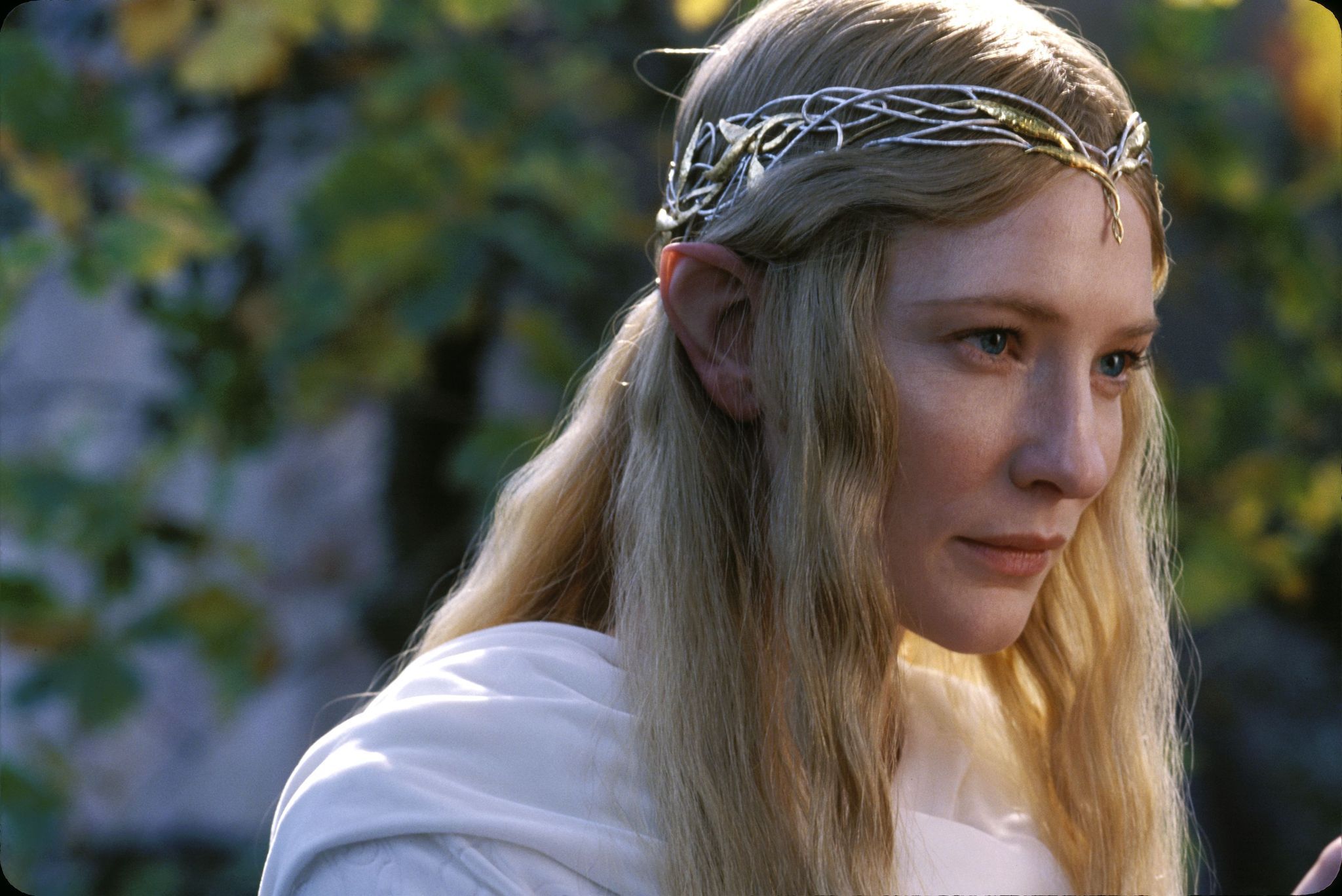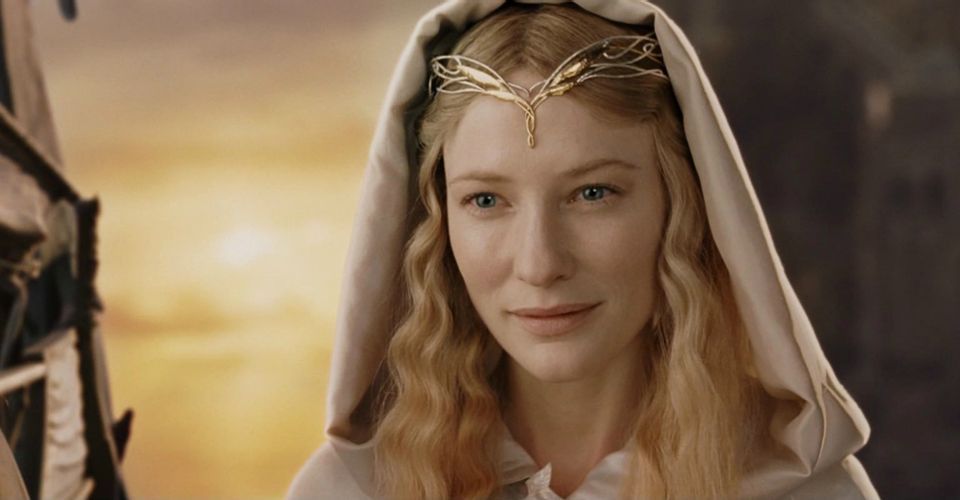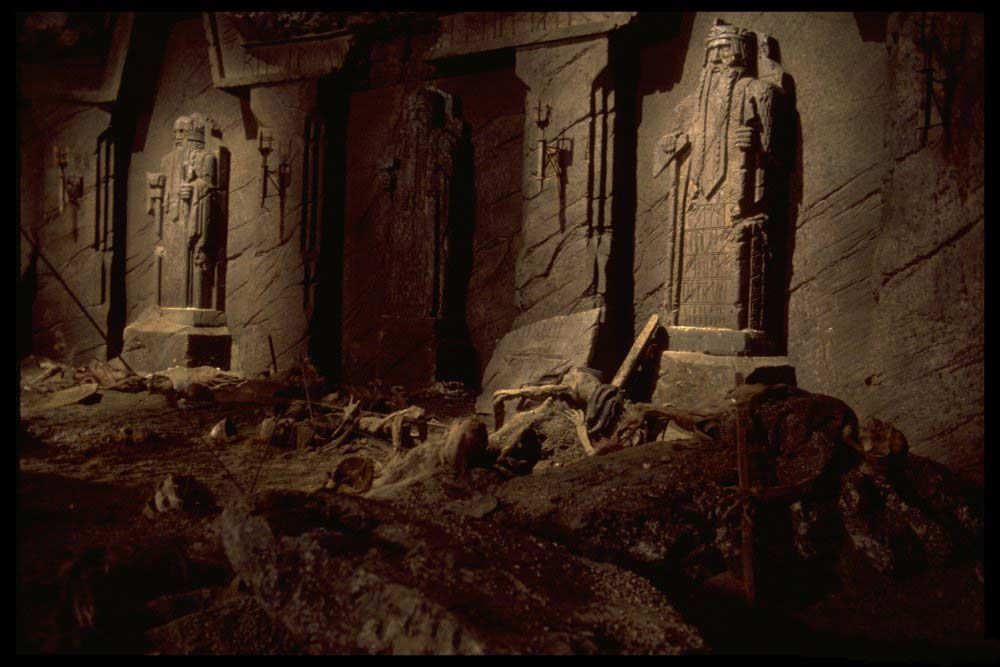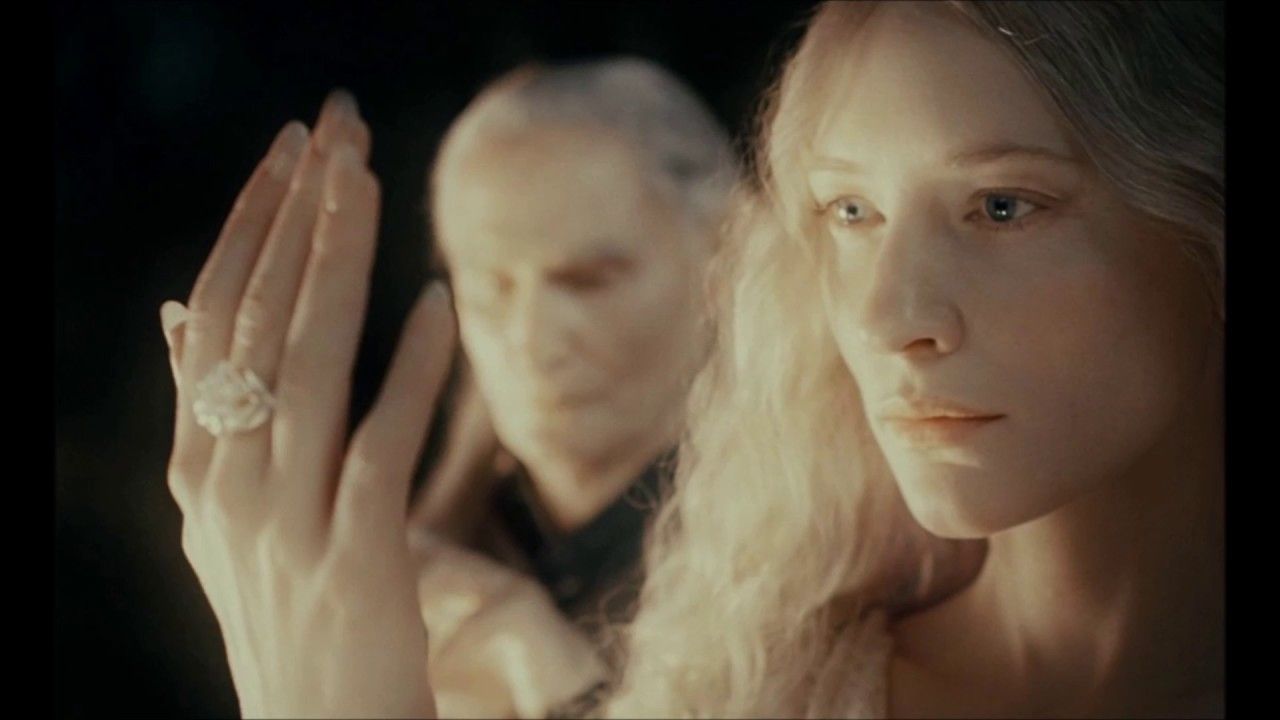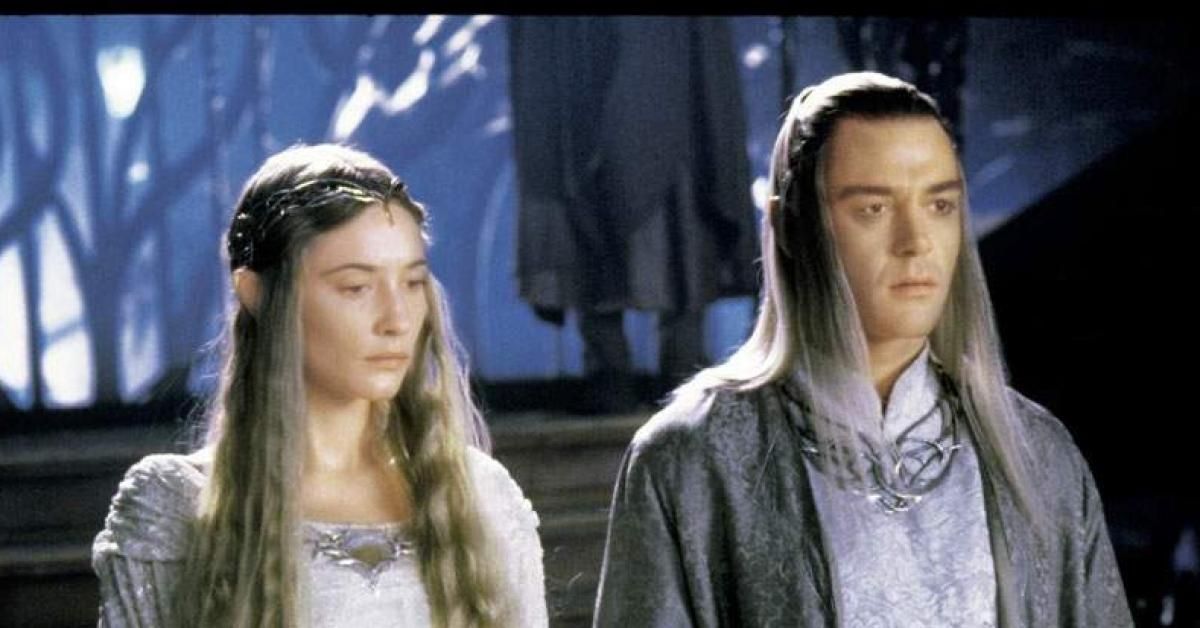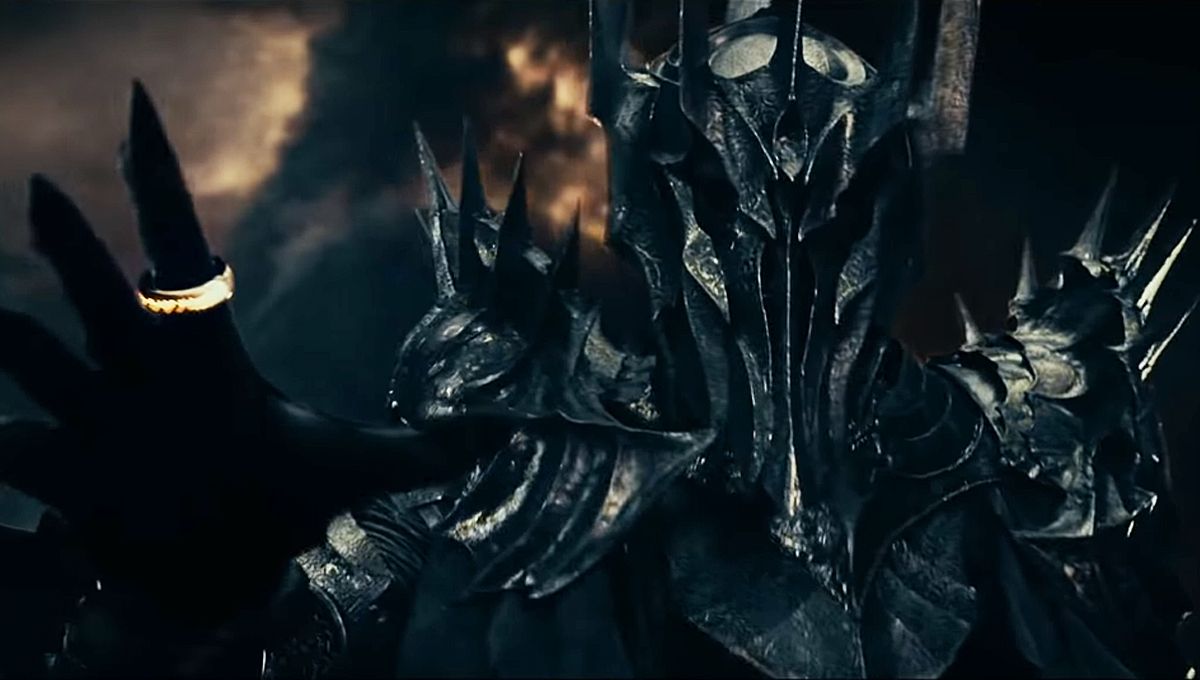Cate Blanchett in The Lord of the Rings trilogy played the mysterious and dangerously omniscient queen, Galadriel of Lothlorien. While her impact on the plot of the films was perhaps most significant in The Fellowship of the Ring, the films overall made an appropriately mysterious characterization of the elf queen. Though she was not present on the front lines of battle, her influence and wisdom were present throughout the story, an invisible force inspiring Frodo to soldier on and advising him at significant moments on the quest of The Ring.
While the effect of the powerful and secluded queen was appropriate to the movies and inspired by the books, Galadriel’s presence in the events of the Lord of the Rings was only a coda to a long and significant life in the development of the history of Middle-Earth. Given that the films were telling the tale of The Ring, her character remains understandably distant there, but with The Rings of Power series featuring Galadriel in a prominent role, audiences finally might get to see more of the backstory of one of the most intriguing characters in Middle-Earth.
Even the scope of the TV series, however, is limited to the Second Age of Middle-Earth, so it may not be able to tell her whole story, which stretches back to the beginnings of the First Age of the world. While we may not know what we will find when the series finally hits screens in September, Tolkien’s further writings thankfully flesh out more of the history of the Lady of Lorien. With that in mind, here are seven things about Galadriel’s history we weren’t told in the movies:
1. Arwen was her granddaughter
One thing that wasn’t touched on by the films was that there was a direct relationship between two of the most important women in the story. Galadriel and Celeborn had a daughter named Celebrian, who married Elrond and became the mother of Arwen (as well as her brothers, Elladan and Elrohir). It was actually in Lothlorien that Arwen made the decision to marry Aragorn, as she was visiting her grandmother at a time when Aragorn passed through. Incidentally, this also means that, while Hugo Weaving is nine years older than Blanchett, she portrayed his mother-in-law in the films.
2. She rejected the most powerful elf on earth
Galadriel plays a subtle but significant role in the First Age of Middle-Earth, as well. The great drama of the First Age is caused by the theft of the Silmarils (the most precious jewels on earth) by the Dark Lord Morgoth. These jewels were made by the elf Feanor, whose skill with words and fiery personality inspired an army of elves to leave their blissful homes in the Blessed Realm and swear vengeance against Morgoth, spurning almost all the deities of Middle-Earth (the Valar) along the way. Ultimately, it also meant that he brought a curse down upon himself and his people, but that in itself was a testament to the force of his personality. He was such a compelling leader that his own people willingly followed him into disaster.
One area in which Feanor was unsuccessful, however, was in his advances to Galadriel. Three times he asked her for a single strand of her golden hair, and three times she rejected him. According to one version of the story, it was precisely this encounter that inspired Feanor to make the Silmarils in the first place, meaning that the great drama of the First Age was partially due to Galadriel’s transcendent beauty and the force of her own character. It also lends a far greater significance to her gift of three hairs to Gimli when he later asks her for just one.
3. She was banned from returning into the West
Galadriel’s youth is a strangely murky time to explore in Tolkien’s writings. There isn’t exactly a firm story or sequence to follow, as the author revised it a number of times, and it is unclear which version was supposed to be definitive. Nonetheless, in one version of her story, she was actually banned by the divine powers of Middle-Earth from returning to the West. This was due to the questionable role she played in the revolt of Feanor when he led the elves from the Blessed Realm and betrayed some of his own people along the way. The exodus of Feanor and his people culminated with a battle fought between the elves themselves, which was remembered in the annals of Middle-Earth as the first Kinslaying.
Galadriel’s role in the Kinslaying has no authoritative definition, as Tolkien toyed with the idea of her fighting on both sides of the battle at one point or another. Regardless of her involvement, however, she was offered a pardon for her actions by the Valar themselves. This pardon, however, she refused, and left the Blessed Realm anyway, following her people. As a result she was banished and not allowed to ever return to the Blessed Realm. This ban was only lifted by the Valar as forgiveness for the fact that she had resisted the temptation of the Ring when it was presented to her.
4. She traveled through Khazad-dum
One of the more charming elements about Galadriel seen in the books and films is that she seems immune from the mutual distrust of elves and dwarves that seems to infect almost every other character. She reprimands her husband for his attitude toward the dwarves, and it is her kindness that moves the heart of Gimli to a greater appreciation of the elves as well.
There is a partial historical reason for this, due to the fact that she lived through periods of Middle-earth’s history when elves and dwarves were on better terms, but one of the more remarkable things she did in this regard was that she personally traveled through the underground dwarf kingdom of Khazad-dum. Twice. It was extremely uncommon for elves to do such a thing, not only due to mutual distrust but simply because elves love trees and growing things and the night sky, and shun the dark and close halls under the earth where the dwarves live. Apparently, Galadriel not only traveled there, but enjoyed the experience, comforting Gimli in The Fellowship of the Ring book with the comment “Dark is the water of Kheled-Zaram, and cold are the springs of Kibil-Nala, and fair were the many-pillared halls of Khazad-dum in Elder Days before the fall of mighty kings beneath the stone.”
5. She was given her Ring of Power by the ringmaker himself
The forging of the Rings of Power was a central episode of the Second Age of Middle-earth, and is sure to be a focal point of the new TV series. While Sauron in disguise played a treacherous game with the forging of the Rings, the ringmaker himself, an elf named Celebrimbor, was devastated when he found that Sauron had created a Master Ring to dominate all the others. Galadriel then advised Celebrimbor what to do with the elven rings in order to preserve them and avoid the domination of the Dark Lord. Celebrimbor consequently ended up giving her the ring Nenya, which she eventually used to preserve and enchant the realm of Lothlorien.
6. She wasn’t ruling Lothlorien all that long
“All that long” being a relative term here, meaning “only about a thousand years.”
Galadriel came to oversee the land of Lothlorien with Celeborn relatively late in her life, taking over from the previous ruler in the year 1981 of the Third Age. Since the events of The Lord of the Rings took place in the opening decades of the 3000s in the Third Age, Galadriel had been in Lothlorien barely a thousand years at that point. Which, yes, is long by the puny lifespans of mortals, but is not terribly long at all to an immortal elf. By contrast, she was married to Celeborn in the First Age, meaning that by the time of The Lord of the Rings, they had been married for the better part of 7,000 years. At least.
7. Sauron feared her
Part of the interplay that is going to be fascinating to see in The Rings of Power series is the interaction between Sauron and Galadriel. Tolkien left sufficient notes to say that they must have met, as they were both interacting with Celebrimbor a great deal at the time of the forging of the Rings. Among Tolkien’s commentaries and notes, however, is the statement that Sauron himself saw her as his equal, and was consequently worried about what she might (and could) do if she so chose. The author said that she was the “last remaining of the Great among the High Elves” in the Third Age, and consequently was the one person Sauron must have feared most among all his enemies in the War of the Ring.
We have yet to see how much of this story will end up in the series, but Galadriel clearly has a nuanced and complex backstory that is ripe to make her a central character of any new adaptation of Tolkien’s work.

